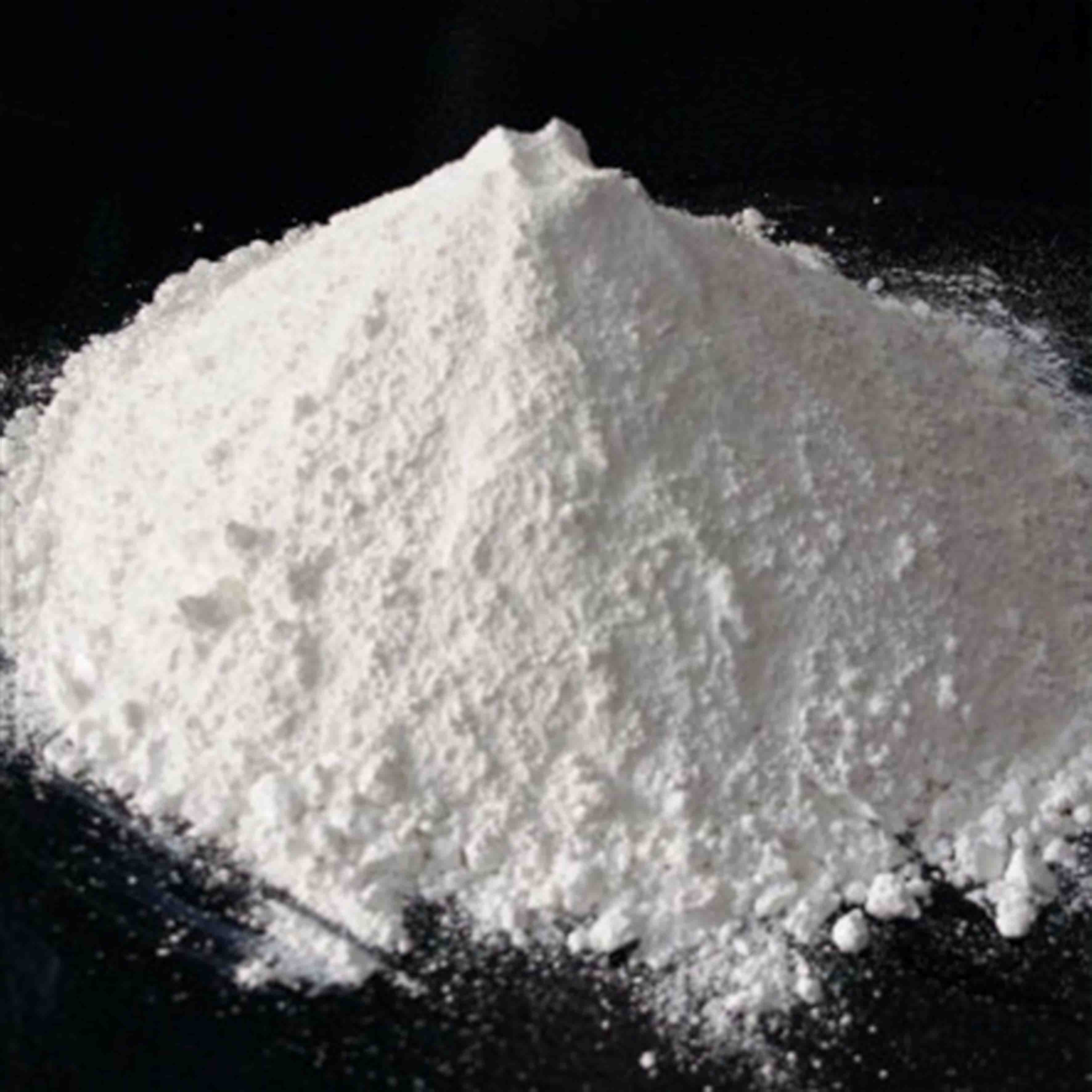
Jul . 28, 2024 06:29 Back to list
Exploring the Production and Applications of TiO2 E171 in Modern Industries and Consumer Products
The Role of TiO2 (E171) in the Industry A Focus on Factories
Titanium Dioxide (TiO2), also known by its food additive code E171, is a widely used white pigment recognized for its excellent opacity, brightness, and UV resistance. Found in a plethora of products ranging from paints and coatings to plastics and food, TiO2 plays an integral role in enhancing both aesthetic and functional qualities. The manufacturing processes, particularly in factories producing TiO2, are central to the production and use of this versatile compound.
Manufacturing Processes
The production of titanium dioxide primarily involves two methods the sulfate process and the chloride process. In the sulfate process, titanium ore is treated with sulfuric acid, resulting in a series of chemical reactions that yield titanium dioxide. This method, while simpler, tends to produce lower-quality TiO2 when compared to the chloride process.
On the other hand, the chloride process involves the reaction of titanium ore with chlorine at high temperatures, producing titanium tetrachloride (TiCl4), which is then oxidized to form high-purity titanium dioxide. This method is preferred in modern factories due to its ability to produce higher quality, more efficient TiO2 with fewer impurities and a more uniform particle size. Factories equipped with advanced technologies are often capable of producing specialized grades of TiO2 tailored for specific applications, highlighting the importance of innovation in manufacturing processes.
Environmental Considerations
As with many industrial manufacturing processes, the production of TiO2 has raised environmental concerns. Factories need to address issues related to emissions, waste management, and the overall ecological footprint of their operations. Compliance with environmental regulations is essential, and many manufacturers are incorporating sustainable practices into their production lines. This includes optimizing resource use, recycling waste materials, and exploring eco-friendly alternatives wherever possible.
tio2 e171 factory

Moreover, there is an ongoing discussion around the health implications of TiO2, especially concerning its use in food products. The European Food Safety Authority (EFSA) has expressed concerns over the inhalation of TiO2 nanoparticles and potentially harmful effects related to food-grade E171. Consequently, some manufacturers are keenly focused on researching safer, alternative substances and enhancing their safety protocols to ensure consumer health is prioritized.
Applications of TiO2 (E171)
Titanium dioxide's principal applications include the pigments used in food, cosmetics, and various industrial products. In the food industry, E171 is commonly used as a whitening agent in confections, sauces, and bakery products. Its capacity to enhance brightness and opacity makes it a popular choice among food manufacturers.
Beyond food, TiO2 serves in other industries such as paints and coatings, where it is essential for providing coverage and durability. In plastics, TiO2 is often utilized to improve brightness and enhance the appearance of products, making it a staple in manufacturing processes across several sectors.
Conclusion
The factories producing titanium dioxide (E171) play a pivotal role in the consumer market as they supply this essential compound to various industries. As denoting accentuated improvements in manufacturing technologies and environmental protocols, these factories are moving towards a more sustainable future. Balancing economic growth with environmental responsibility will be vital as the demand for E171 continues to evolve. Moving forward, innovation and transparency will be crucial in ensuring that TiO2 remains a safe and effective component in an array of products while addressing the health and environmental concerns connected to its production and usage.
-
Premium 6618 Titanium Dioxide for GPT-4 Turbo Applications
NewsJul.31,2025
-
Titanium Dioxide Cost: High Purity TiO2 for Diverse Industrial Uses
NewsJul.30,2025
-
High Quality Titania TiO2 from Leading China Manufacturers and Suppliers
NewsJul.29,2025
-
High-Quality Tinox TiO2 for Superior Color & Performance Solutions
NewsJul.29,2025
-
High Quality Titania TiO2 from Leading China Supplier & Manufacturer
NewsJul.29,2025
-
High-Performance r6618 TiO2 for Superior Whitening and Versatility
NewsJul.28,2025
